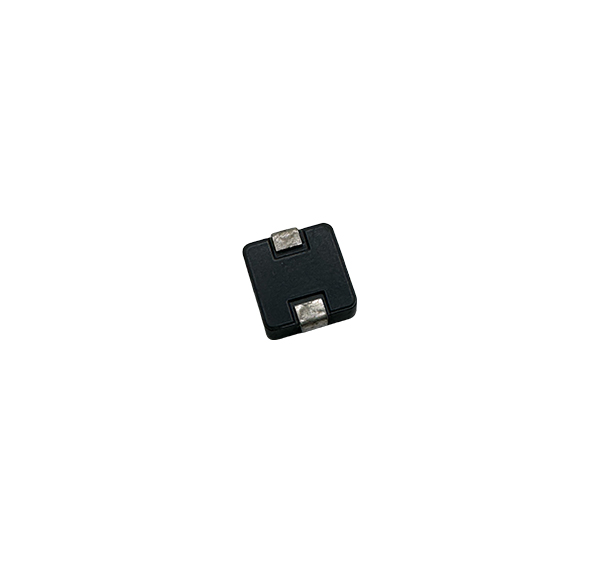An inductor is a passive electronic component used to store electrical energy. It mainly achieves its function through the magnetic field generated by the current in the conductor. The basic characteristic of an inductor is its impedance response to changes in current, which can generate a reverse electromotive force when the current changes, thus resisting changes in current. This characteristic makes inductors play an important role in AC circuits and switching power supplies.
Features
1. **Energy Storage**: Inductors can store energy in a magnetic field and release it when needed.
2. **Frequency response**: Inductors have higher impedance to high-frequency signals and lower impedance to low-frequency signals, so they are usually used in filtering and resonant circuits.
3. **Self-inductance and mutual inductance**: The self-inductance of an inductor refers to the influence of a single coil on its own current change, while mutual inductance refers to the mutual influence between two or more coils.
type
- **Air Core Inductor**: An inductor without an iron core, usually used in low frequency applications.
- **Iron core inductor**: Using ferromagnetic material as core material can improve the inductance value and efficiency, but it may cause magnetic saturation.
- **Choke**: Inductor used to limit current or remove high frequency interference.
application
Inductors are widely used in various electronic devices, including but not limited to:
- **Filter**: Removes high frequency noise in power circuits.
- **Transformer**: used for voltage conversion and signal transmission.
- **Motor Control**: Used to regulate current and improve efficiency.
- **Energy Storage**: Store and release electrical energy in switching power supplies and energy conversion circuits.
Summarize
As an important passive component, inductor plays an indispensable role in electronic circuits. Its ability to effectively control and manage electrical current makes it a key component in many high- and low-fre






